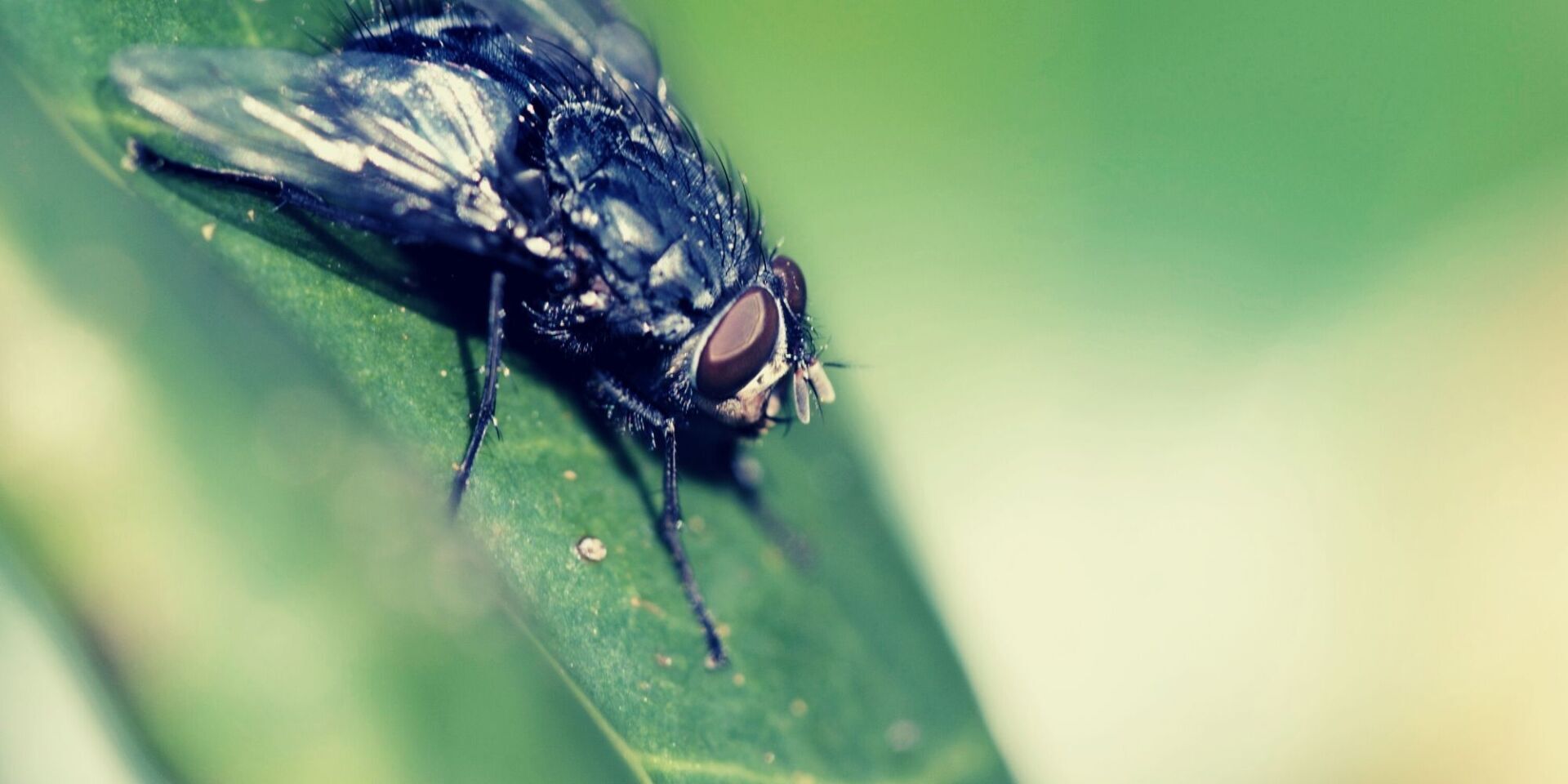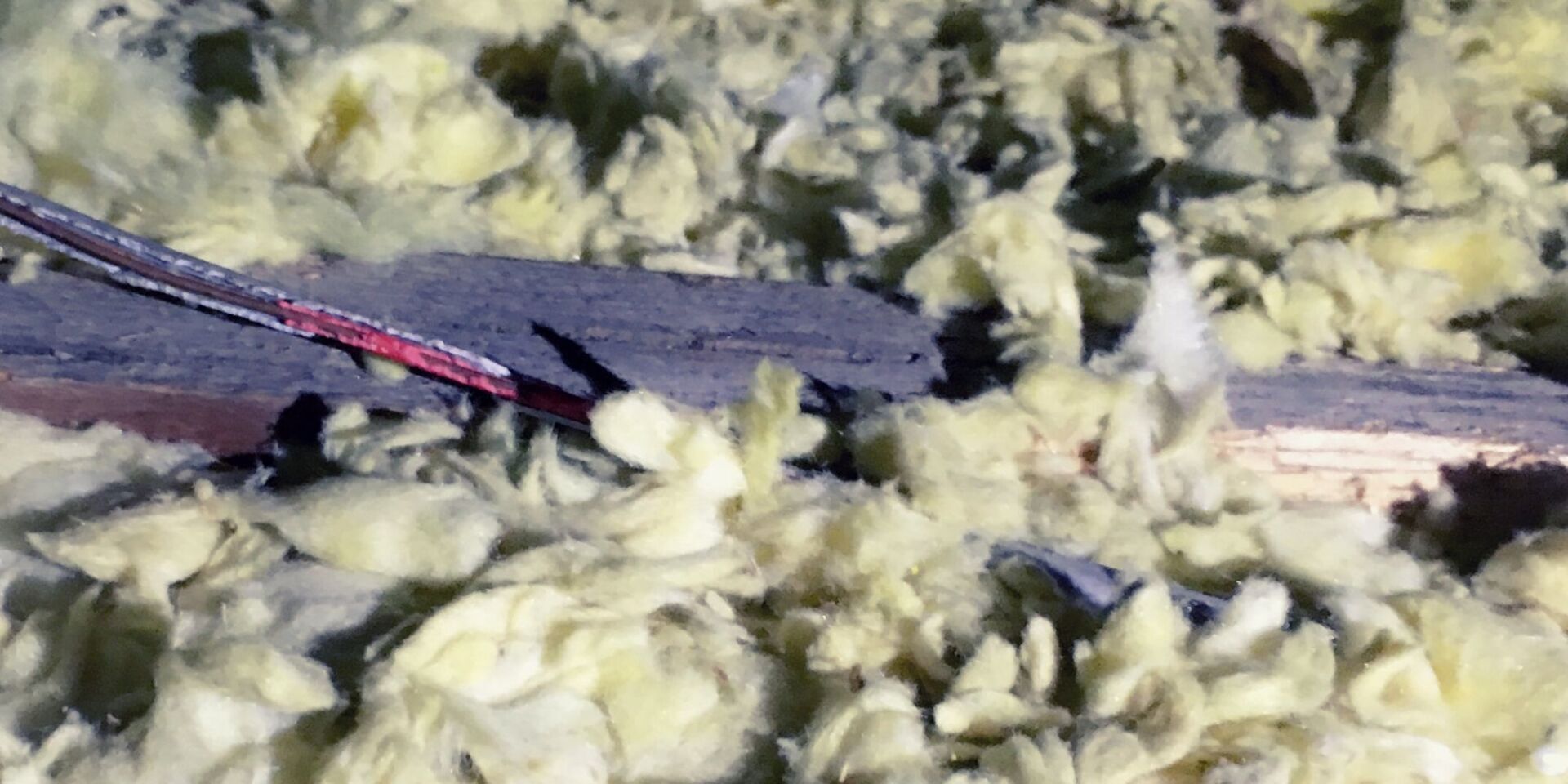What Is A Rodent?
What Is A Rodent?
Learn What Makes A Rodent A Rodent
How Many Rodents Are There?
Rodents are much more than just rats and mice! Rodents number more than 2000 species globally comprising a whopping 40+% of all mammal species on earth. These animals are incredibly diverse, living on every continent, and in every habitat except for Antarctica.
The UK has at least 17 different species, and 8 of those have been introduced or are considered non-native. Species like the Western Grey Squirrel and Edible Dormouse have become increasingly common.
Rodents vary significantly in size, much more than you might realize. At the lower end of the scale, the Baluchistan Pygmy Jerboa from the Middle East is the lightest, at just 3 grams, while the South American Capybara is the heaviest at over 60 kg! In the British Isles, our smallest rodent is the Harvest Mouse (6 grams) and the largest is the Beaver (30+ Kg).
What Makes A Rodent A Rodent?
To understand what a rodent is, we need to look at its teeth or dentition. Rodents have distinctive pairs of front teeth or incisors (top and bottom) that grow continuously throughout their life. The enamel on their incisors is often orange or yellow, but it’s also thinner at the back than at the front. In practice, this means that the teeth wear more at the back, creating a sharp chisel-like edge. Because these teeth are continually growing, rodents need to gnaw on things continuously to avoid overgrowth, which would prevent them from feeding.
Rodents feed almost exclusively on plants and seeds, but many will inevitably feed on a wider diet depending on food availability in a given environment and their specific adaptations.
Rodents As Vermin & Pests
The rodents we see as pests include brown rats , house mice and grey squirrels that have become well adapted to a close relationship with humans and human habitation. We refer to this behaviour in rodents as commensalism.
The post What Is A Rodent? appeared first on The Bristol Rat Company.


